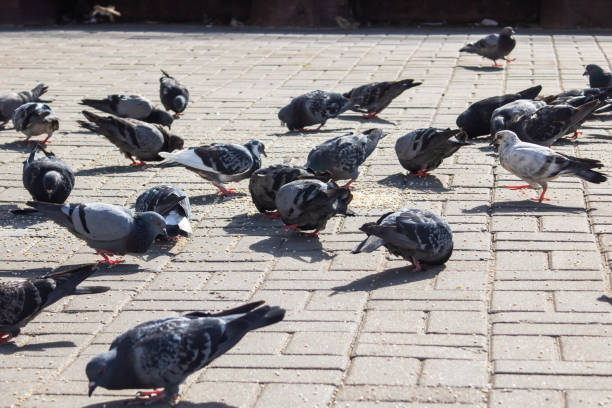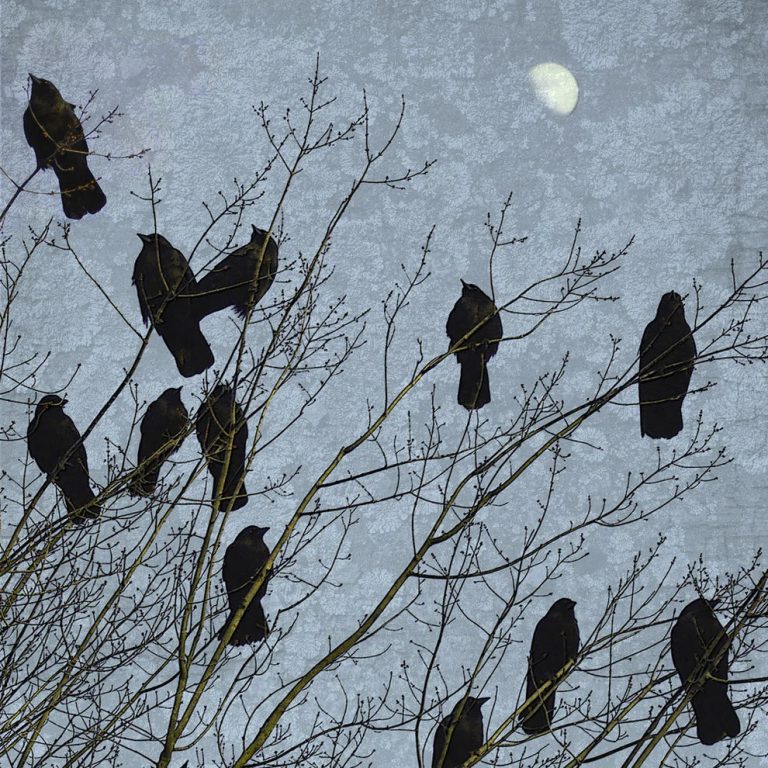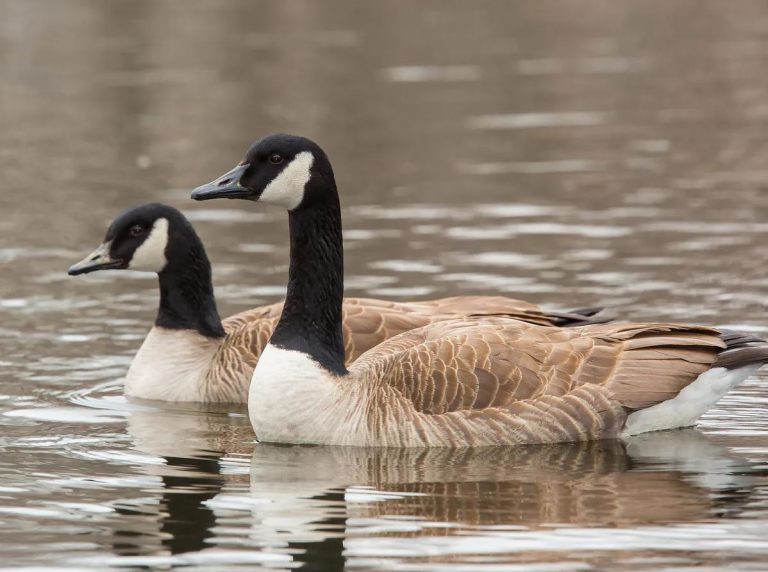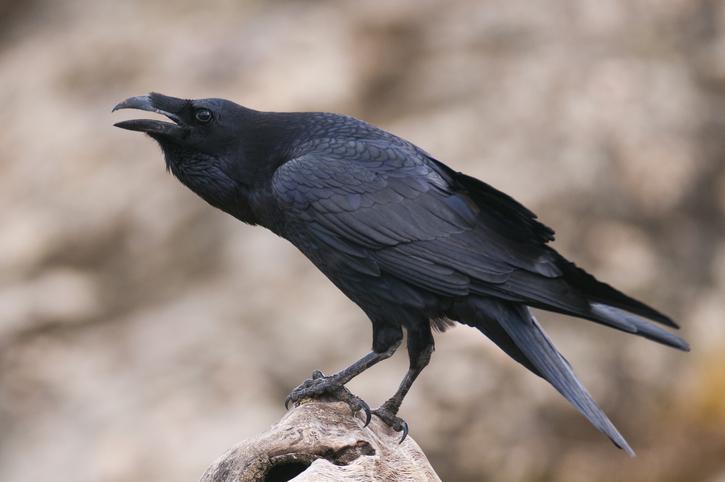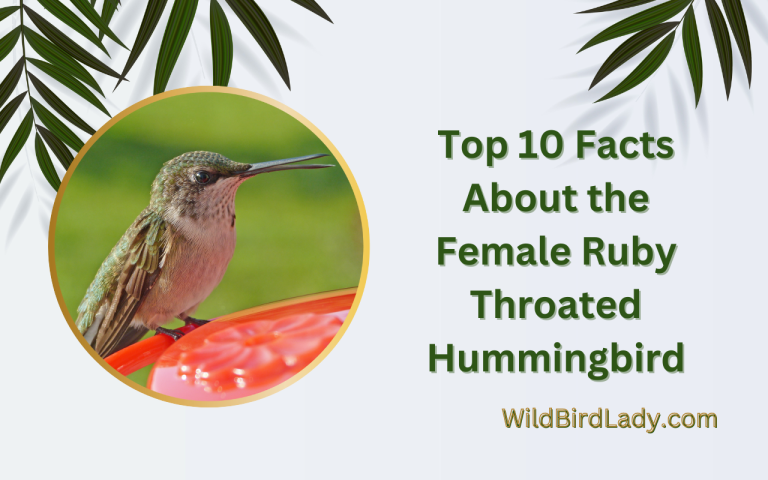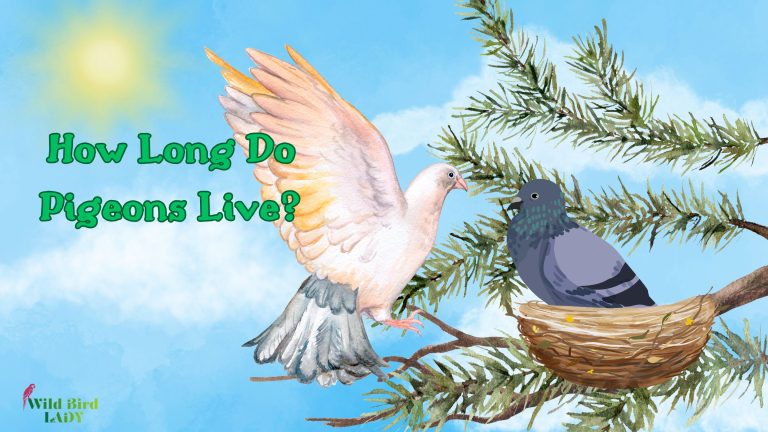What Is a Group of Doves Called? Discover the Gentle Name Behind These Peaceful Birds
When we think of doves, we often picture symbols of peace, love, and serenity. But have you ever wondered what a group of doves is called? This seemingly simple question opens the door to a fascinating world of avian behavior, symbolism, and surprising trivia. Whether you’re a bird enthusiast, a backyard birder, or just curious about animal group names, you’re in the right place.
In this comprehensive guide, we’ll answer the central question—what is a group of doves called—and go far beyond it. You’ll learn about dove behavior, their social lives, symbolism across cultures, and even how to attract them to your yard. Let’s take flight into the dove’s world.
What Is a Group of Doves Called?
The most common and accepted term for a group of doves is a “dole” of doves.
Yes, that’s right—a dole.
But that’s not the only term. Depending on the context, you might also hear:
- A dule of doves (archaic spelling of dole)
- A flight of doves (refers specifically to a group in the air)
- A bevy of doves (especially when referring to ground-feeding doves)
- A cote of doves (when housed together, like in a dovecote)
These poetic collective nouns date back centuries and reflect the gentle, calm image that doves have held throughout history.
Origins of the Term “Dole of Doves”
The word dole comes from the Old English word dol, meaning “grief” or “sorrow.” While that might seem strange for such peaceful birds, it may relate to the soft, mournful cooing sounds doves make—particularly mourning doves, whose calls evoke a sense of longing.
In medieval English literature, many animals were given group names that matched their symbolic or behavioral traits. Just as we have a murder of crows or a parliament of owls, a dole of doves was a reflection of doves’ perceived gentleness and emotional tone.
Are Doves Social Birds?
Yes, doves are highly social creatures. They are often seen in pairs or small flocks, especially during feeding or migration seasons.
Key Social Behaviors:
- Flocking: Doves flock together to find food and for safety from predators.
- Mating for life: Most dove species are monogamous, and you’ll often see pairs sitting closely together.
- Cooing Communication: Their soft vocalizations serve social bonding and communication purposes.
- Nesting near others: While not densely colonial, doves often nest in areas where other doves are present.
So, when you spot multiple doves perched on a telephone wire or pecking at seeds on the ground, you’re observing a classic dole or bevy in action.
Types of Doves Commonly Found in Groups
Here are some of the most common dove species in North America and globally that you might spot in groups:
1. Mourning Dove
- The most common in North America
- Known for its soft, sorrowful coo
- Frequently seen in small flocks, especially outside breeding season
2. Eurasian Collared-Dove
- Non-native to North America but widespread
- Invasive and often found in suburban environments
- Very social and seen in larger groups
3. White-winged Dove
- Common in the Southwest and Mexico
- Known to form sizable feeding flocks
- Attracted to backyard feeders with seeds and grains
4. Rock Dove (Pigeon)
- Technically a dove species
- Highly social; can form huge urban flocks
- Nest and roost in large communal sites
How to Attract a Dole of Doves to Your Yard
Doves are peaceful and beautiful visitors. If you’d like to see more of them, here’s how to invite them to stay a while:
✅ Offer the Right Food
Doves are ground-feeders that love seeds. Their favorites include:
- Millet
- Cracked corn
- Sunflower seeds
- Safflower
Pro Tip: Use a platform feeder or scatter seeds directly on the ground to mimic their natural feeding behavior.
✅ Provide Fresh Water
Doves need water not only to drink but to bathe. A birdbath with gently sloping sides is ideal. Make sure to keep it clean and shallow.
✅ Create Nesting Opportunities
Doves aren’t picky nesters. They often build simple twig nests in:
- Trees and shrubs
- Hanging baskets
- Ledges or eaves
You can also install a dovecote or simple nesting shelf to encourage them to stay nearby.
✅ Keep Cats and Predators Away
Because doves are ground feeders, they’re vulnerable to predators. Keep your feeding area in an open space and discourage neighborhood cats from hanging around.
Cultural and Symbolic Meaning of Doves in Groups
Across various cultures and religions, doves—especially in pairs or groups—carry powerful meanings.
Christianity
- A group of doves often symbolizes the Holy Spirit or peace on Earth.
- Doves were used in biblical sacrifices and symbolize purity.
Peace & Love
- A flying group of doves is a universal sign of peace, often released during ceremonies.
- Two or more doves symbolize enduring love and unity.
In Art and Literature
- Doves often appear in Renaissance art, poetry, and heraldry as gentle, pure, and heavenly beings.
- A flock of doves might symbolize hope, grief, or divine messages.
Fun Dove Trivia: Did You Know?
Here are some fascinating facts that will make you appreciate that dole of doves even more:
- Doves can recognize themselves in a mirror, indicating self-awareness.
- They can drink water without tipping their heads back, unlike most birds.
- Doves are excellent navigators, using the Earth’s magnetic field and the sun.
- Pigeons and doves are technically the same family (Columbidae), with “dove” often referring to smaller species.
Why Do Doves Gather in Groups?
1. For Protection
There’s safety in numbers. A flock can detect predators more easily and escape faster.
2. To Forage Efficiently
More eyes searching for food equals more chances of finding a good source.
3. For Social Bonding
Doves build strong pair bonds and often gather with others during non-breeding seasons for companionship.
When Are Doles of Doves Most Common?
You’re most likely to see large groups of doves:
- In late summer and fall, after breeding season
- During migration periods, especially for mourning doves
- At dawn and dusk, their peak feeding times
During breeding season (spring and early summer), doves tend to stay in pairs and are more territorial.
Frequently Asked Questions
❓ Is a “dole” of doves the only correct term?
Not exactly. While dole is traditional and poetic, other valid terms include flight, bevy, and cote depending on the context.
❓ Do doves always stay in groups?
No. Doves are often seen in pairs, especially during breeding. However, they do flock outside of the breeding season and during migration or feeding.
❓ Can pigeons be called doves?
Yes. The terms pigeon and dove both refer to birds in the Columbidae family. “Dove” is often used for smaller, sleeker species.
❓ Are doves friendly to other birds?
Generally, yes. Doves are peaceful and often coexist well with sparrows, finches, and other ground-feeding birds.
Final Thoughts: The Beauty of a Dole of Doves
So now you know: a group of doves is called a “dole.” But as you’ve seen, this gentle word is just the beginning. Doves are fascinating, social, and symbolic creatures. From their soft coos to their loyal mating behavior, they embody a kind of peaceful resilience.
Whether you’re watching a flock take off at sunset or enjoying a pair feeding in your garden, there’s something timeless and calming about doves. And now, the next time you spot a group of them, you’ll know exactly what to call it.


